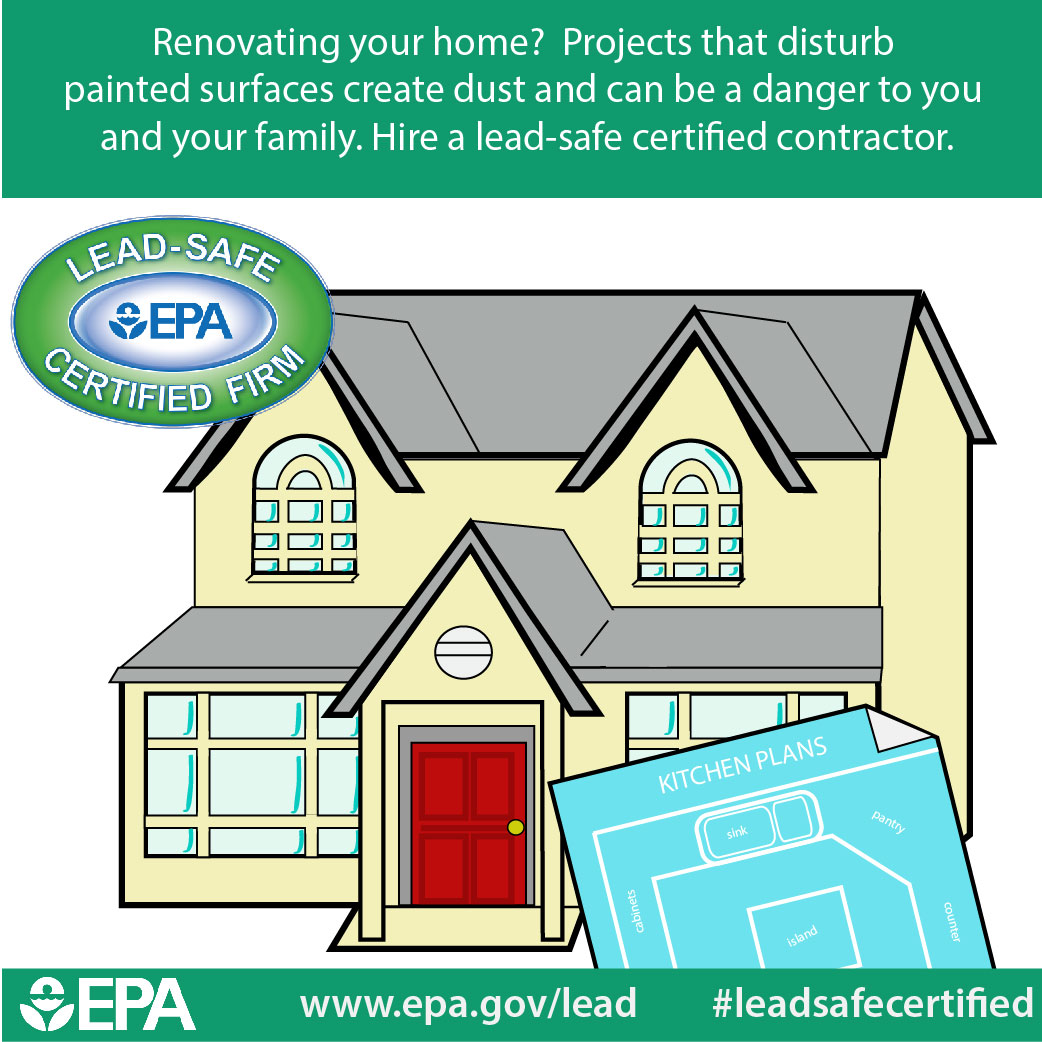The Function Of Climate In Commercial Outside Painting: What You Need To Know
The Function Of Climate In Commercial Outside Painting: What You Need To Know
Blog Article
Material Writer-Welsh Monaghan
When you're intending a commercial external painting task, don't ignore the impact of climate on your results. You require to take into consideration aspects like temperature, moisture, and precipitation, as they can make or break your paint job. As an example, did you recognize that suitable problems require particular temperature level ranges and moisture degrees? Stopping working to keep an eye on these elements can result in irregular surfaces and even damage to fresh paint. Understanding these elements is key to accomplishing a durable, expert outcome. So, what certain weather conditions should you be wary of?
Temperature Considerations
When it pertains to industrial external paint, temperature plays a crucial role in the end result of your task. If you're painting in severe warmth, the paint can dry as well swiftly, causing problems like inadequate attachment and uneven finishes. You wish to go for temperatures between 50 ° F and 85 ° F for the very best outcomes. Below 50 ° F, paint may not heal appropriately, while over 85 ° F, you run the risk of blistering and cracking.
Timing your job with the best temperatures is necessary. Start your work early in the early morning or later on in the mid-day when it's cooler, specifically throughout warm months.
Likewise, consider the surface area temperature; it can be considerably more than the air temperature, especially on warm days. Make use of a surface thermometer to inspect this before you start.
If temperature levels are unforeseeable, watch on the weather prediction. Unexpected temperature level decreases or heat waves can derail your strategies. You do not wish to begin repainting only to have the problems transform mid-project.
Humidity Degrees
Humidity levels substantially affect the success of your business external painting job. When the moisture is too high, it can impede paint drying out and healing, causing a variety of concerns like bad attachment and complete quality.
If you're planning a job throughout moist conditions, you may find that the paint takes longer to completely dry, which can extend your task timeline and increase costs.
On the other hand, low moisture can likewise pose challenges. Paint might dry as well rapidly, stopping appropriate application and leading to an uneven coating.
school building painting 'll intend to monitor the moisture degrees very closely to ensure you're functioning within the suitable range, normally in between 40% and 70%.
To get the best outcomes, think about making use of a hygrometer to measure moisture prior to beginning your task.
If you discover the levels are outside the optimum range, you might need to change your schedule or select paints made for variable conditions.
Constantly seek advice from the supplier's guidelines for particular suggestions on moisture tolerance.
Precipitation Impact
Rain or snow can significantly interrupt your business outside painting strategies. When rainfall takes place, it can get rid of freshly applied paint or produce an irregular finish. Preferably, you want to select days with dry climate to ensure the paint sticks appropriately and cures efficiently. If Recommended Web site captured in a rain shower, it's finest to stop the task and await conditions to improve.
Moreover, snow can be much more detrimental. Not just does it develop a damp surface, but it can also reduce temperatures, making it tough for paint to completely dry. This can cause issues like peeling off or blistering down the line.
It's important to examine the weather report prior to starting your job. If rain or snow is predicted, think about rescheduling.
Constantly remember to permit ample drying out time in between coats, particularly if the weather remains unpredictable.
Conclusion
Finally, keeping an eye on the climate is vital for an effective industrial exterior paint job. By monitoring temperature, moisture, and precipitation, you can guarantee the most effective problems for application and treating. Keep in mind to intend your job around positive climate and always follow manufacturer guidelines. With the right technique, you'll attain a resilient, lovely surface that can hold up against the elements. Do not let the climate catch you off-guard-- stay notified and paint wise!
